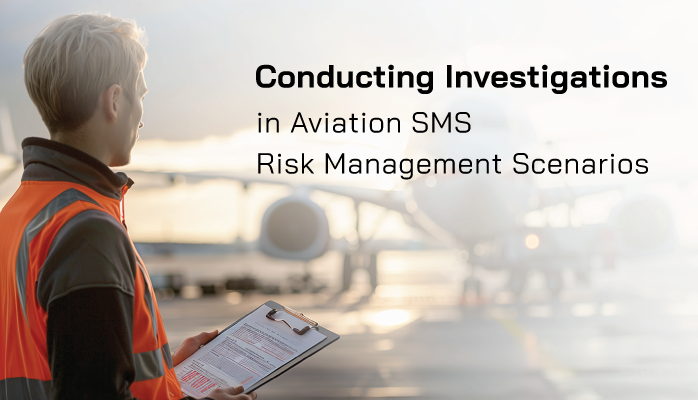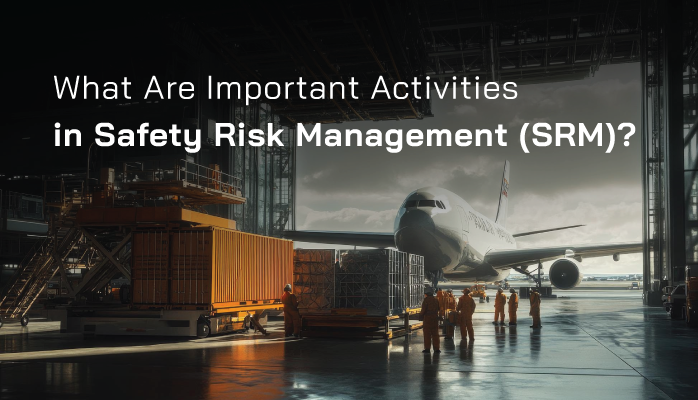Safety Policy Greatly Affects Safety Culture and Safety Performance
"Safety Policy" is a major asset for building an effective safety culture in aviation safety management systems (SMS). An aviation SMS is a complex system of interrelated components and elements,













